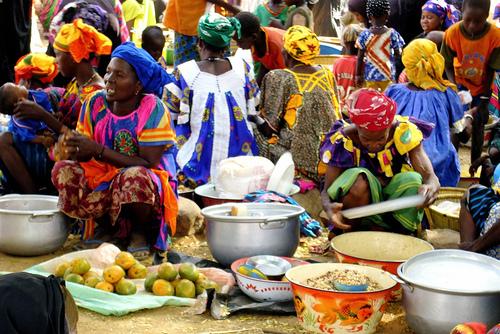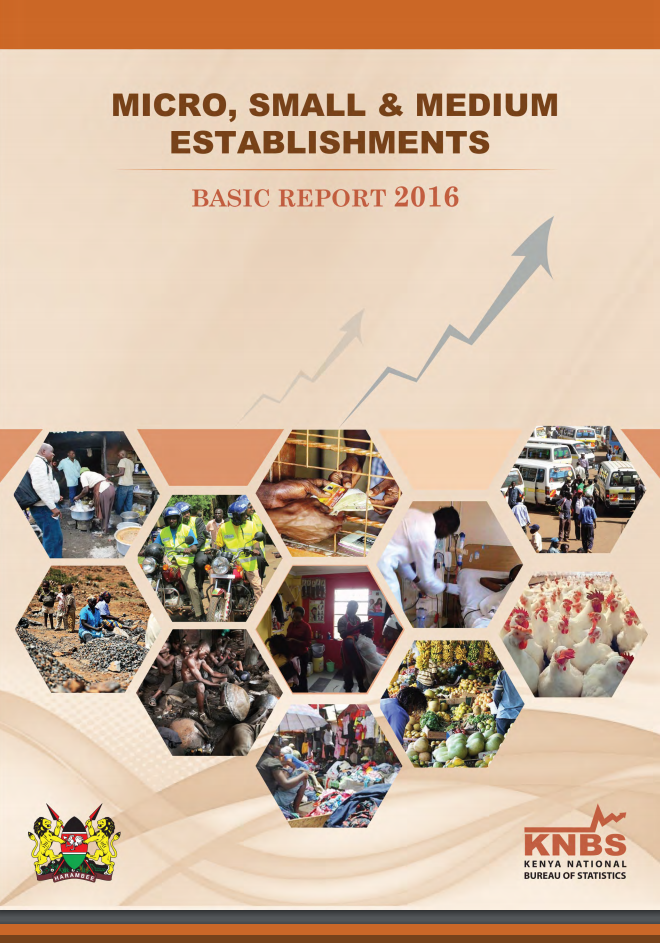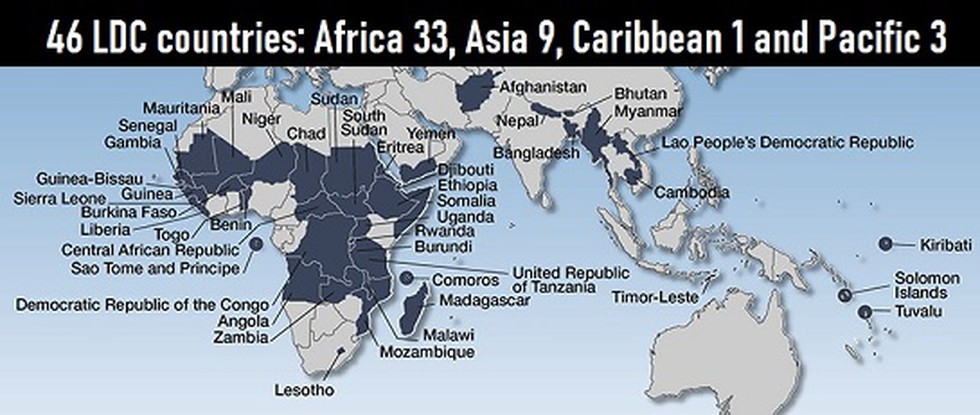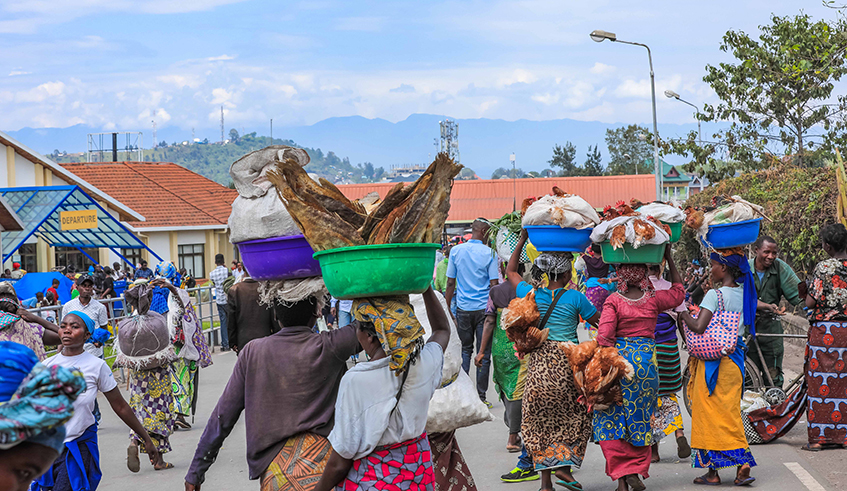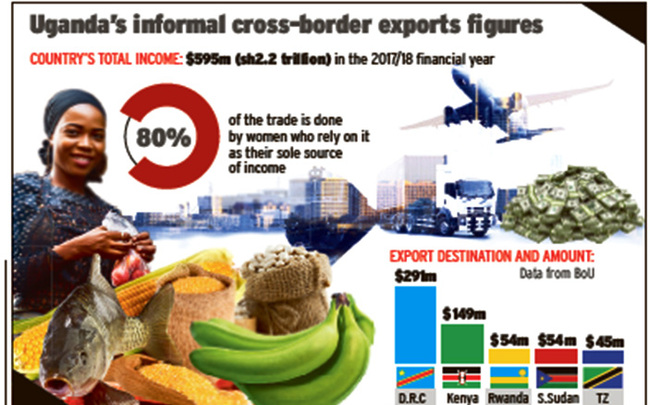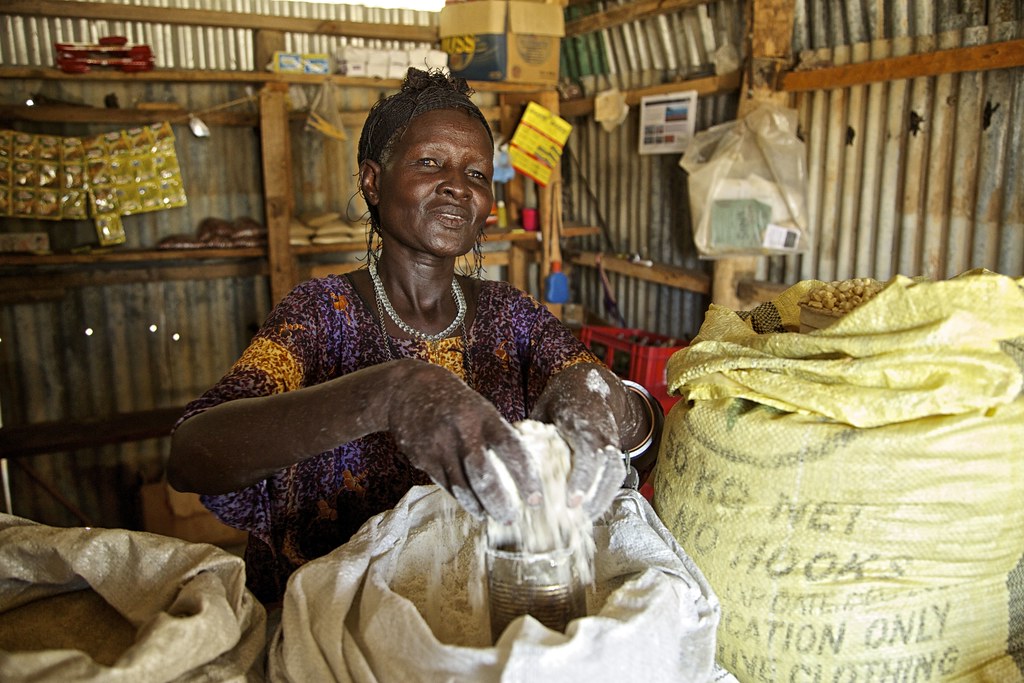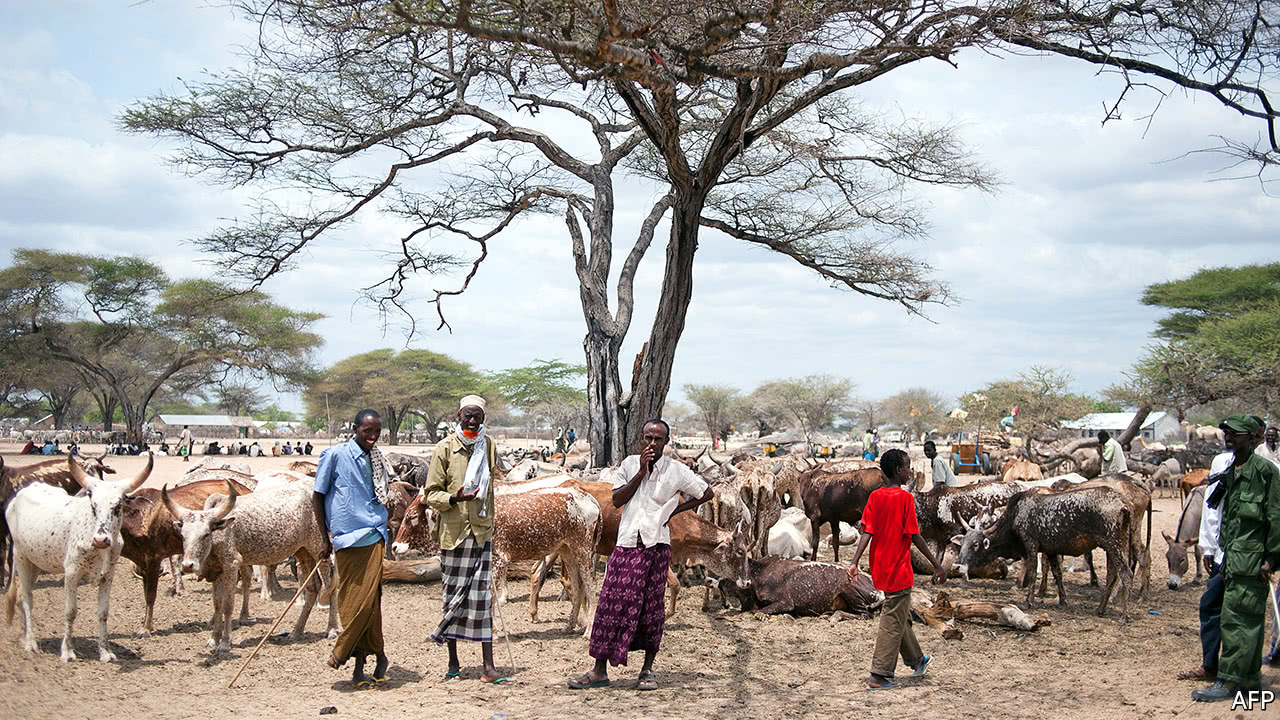The recently released the 2020 Economic Survey report by the Kenya National Bureau of Statistics (KNBS) is an annual report that provides an analysis of the country’s economic health. This piece focuses on the aspects of the report that touch on the informal sector in as far as it’s contribution to the Kenyan economy is concerned.
According to the report, the economy created 846.3 thousand jobs, of which 744.1 thousand were in the informal sector. This represents an 87.9% contribution by the sector to total employment in the country in 2019. The number of people that are estimated to have been engaged in the informal sector stood at 15.1 million people. Of these, 64.5% are based in rural areas. Most of those engaged in this sector (60%) are occupied in the services sub-sectors such as hotels, restaurants, wholesale and retail businesses.
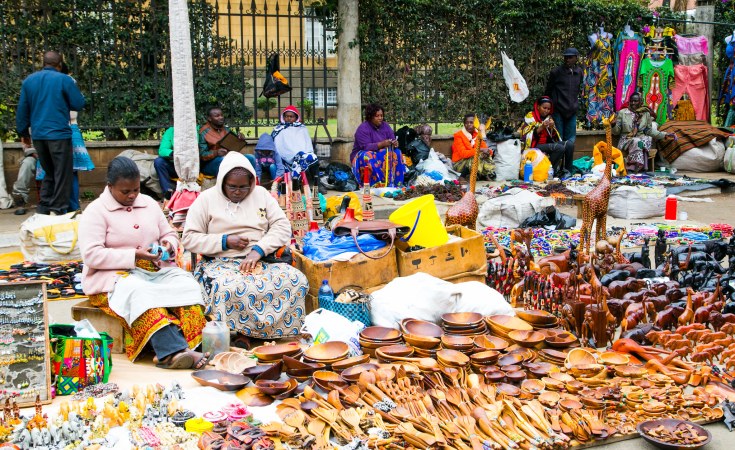
(Image Source: https://allafrica.com/stories/202003230046.html)
In addition, the report’s analysis on the informal sector further shows that there has been a 25% increase in the number of people it engages since 2015. This is reflective of the shrinkage in formal employment opportunities over the years.
It is however worth noting that over the past few years, there has been a positive shift in government policy towards the sector. This has been seen in it’s move to reeingineer funds and programs that are tailor-made for the sector. Moreover, the repealing of the interest rate cap has opened the window for more small businesses to access loans from financial institutions, as the latter are better positioned to accommodate the risk arising from these borrowers.
When all is said and done, the informal sector is one that is seldom understood and often misrepresented. This can be attributed to neglect by the governments under which it operates, mainly due to the fact that a majority of those that are engaged in the sector mostly consist of the financially disempowered members of the society. The country has taken a step in the right direction when it comes to formulating interventions that are aimed at supporting this crucial sector of the economy.
The next steps should not only entail the streamlining of these interventions and programs into public policy, but also ensuring a harmonious and coordinated push in their implementation. The successful implementation of such a strategy calls for a deliberate and active role by all players in the sector. The Micro and Small Enterprise Authority (MSEA) should reactivate it’s idle capacity and lead from the front. It is the only sure way of ensuring that a solid foundation upon which sustainable economic empowerment and financial inclusion can be is laid.
litualex@gmail.com
Informal Sector Analyst.
